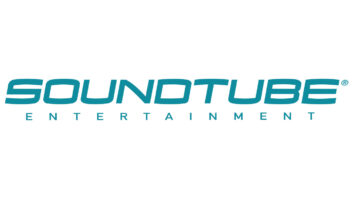Industry analysts gave a thumbs up to Dell Computer’s proposed entry into the handheld computer and printer categories, saying the company’s ability to execute business plans and bring in low-priced products should make it a force in both markets.
Dell’s founder and CEO Michael Dell last month confirmed industry rumors that the company would make such a move to better compete with Hewlett-Packard. HP is the inkjet and laser printer market share leader and the iPaq handheld is a consistent top seller, while Dell sells inkjet and laser printers from HP, Epson, Lexmark and Minolta and handhelds from all the major players in both the PocketPC and Palm camps. However, analysts said it makes sense for the company to sell its own brand in the handheld market and partner up with another company in the printer space.
“I think of handhelds as very personal devices. The best way a company can differentiate its model is design and software and for these personal reasons Dell needs to build its own,” said Kevin Burden, an analyst with Gartner Dataquest.
Dell must see the handheld market as ripe right now, Burden said, because it seriously looked at the category in 2000, but declined to enter it.
Todd Kort, an analyst with IDC, said his “initial expectation is for Dell to come in and make a strong impact.”
He expects Dell to sell a fairly generic PocketPC handheld priced at about $299 that should appeal to consumers and the enterprise markets. He said industry rumblings at this point have Dell producing the device through a Taiwanese manufacturer. The company could ship as many as 1.5 million units during its first year in the market, he added.
Whether any manufacturer can meet Dell’s requirements for such a PDA is questionable. Steve Baker, director of IT research for NPDTechworld, said the Taiwanese companies have turned down Dell’s advances. He was also surprised that Dell is apparently locked into the $299 price point when they could come in higher.
Burden said the small size of the handheld market, about 14 million units per year, leaves the door wide open for Dell. “If it comes in its normal way, low cost and high quality, it can squeeze the channel and gain some share.”
Kort and Burden believe Dell’s primary reason for entering this field is to directly take on HP and to bring to the company another pull though product that will help sell additional services. These services are where the real profit takes place, each said. In addition, consumers should expect to see a Palm OS device from Dell. The upcoming Palm OS 5.0 will use the ARM processor, which is very similar to what powers the PocketPC OS products. With this, Dell can easily turn its PocketPC models into Palm OS by swapping out one OS with the other. There are some other details, but Kort said it could be done.
Dell would not give an exact launch date but said it would take place before the end of the year.
Although Dell was not clear whether it would enter the inkjet or laser printer market, Baker suspects it will fall into the laser camp. Since much of Dell’s business is done in corporate circles, where laser printer sales dominate, it makes more sense for Dell to start there, he said.
“The black and white laser market is relatively mature, but that doesn’t mean someone can’t come in with a new price and goose the market,” Baker said, “And there is a huge opportunity in color laser, especially if it is low cost.”
Dell would almost have to make any move into the laser market in conjunction with a partner, Baker said, because the predominance of proprietary technology precludes using off-the-shelf parts to produce a good printer. Also, the research and development costs are quite high in this category.
Dell could find it quite difficult to launch into the consumer inkjet market. Pricing is already so low Dell would find it difficult to come in with a lower cost model and there is the issue of distributing inkjet cartridges, where all the profit lies, so consumers can have them on demand.
“Consumers might not want to wait several days for an online-purchased cartridge to arrive,” he said.
There is a solid reason to plunge into the inkjet market, Baker said, and that is the branding issue. It is a huge plus for a company to have its own printer brand. He pointed to Compaq’s relationship with Lexmark, in which the latter company built Compaq-branded printers and gave the PC maker a way to compete against HP.












